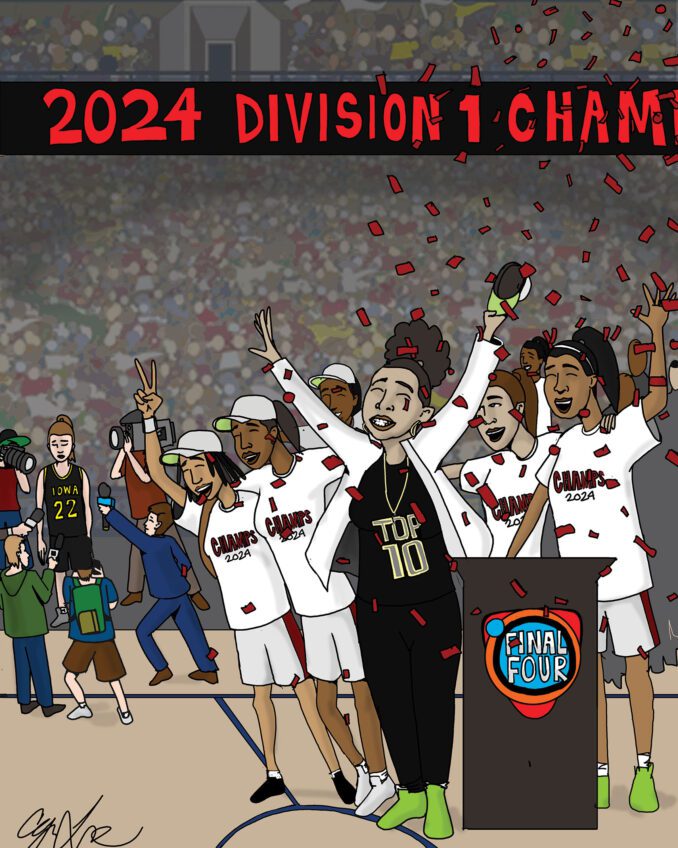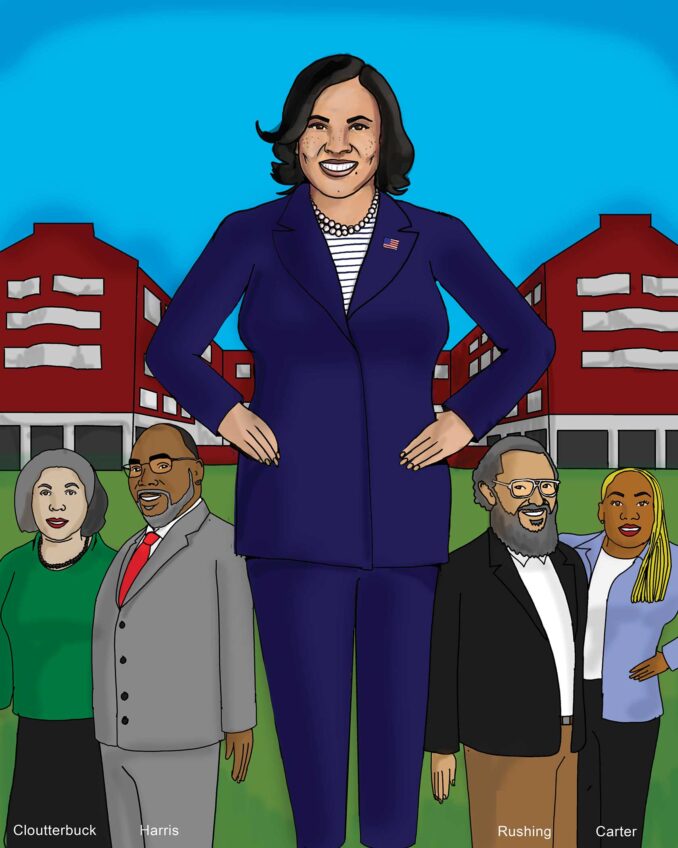
The Occupy movement was big news four years ago. Demonstrators built settlements on Wall Street and at strategic locations in other cities including Boston. Their emergence in 2011 established the slogan “We are the 99 percent” and focused general attention on the nation’s enormous income gap compared to those in the top 1 percent.
Many members of the movement were recent college graduates who were experiencing an exceptionally high rate of unemployment. Men graduating with bachelor’s degrees in 2011 had an unemployment rate of 16.1 percent that October. The Great Recession was unable to absorb college graduates in the workforce at that time.
That would have been less of a problem 50 years ago. Back then fewer than 10 percent of Americans had bachelor’s degrees or more. But now that number has climbed to about 35 percent. After having spent time and money on a college education, Americans reasonably expect to be compensated for their effort.
Now an income of about $400,000 is necessary to be in the top 1 percent, and the size of the middle class is diminishing. While the Occupy movement no longer is in the headlines, the profound concern for income disparity is still very much alive. Its current champion is Sen. Bernie Sanders, a candidate for president.
On his website Sanders states, “The reality is that since the mid-1980s there has been an enormous transfer of wealth from the middle class and the poor to the wealthiest people in this country. That is the Robin Hood principle in reverse. That is unacceptable and that has got to change. There is something profoundly wrong when the top one-tenth of one percent owns almost as much wealth as the bottom 90 percent.”
The huge crowds showing up for Sanders’ rallies indicate that many whites are now willing to join with minorities to challenge this disparity. An enormous national protest driven by class rather than race is imminent.






